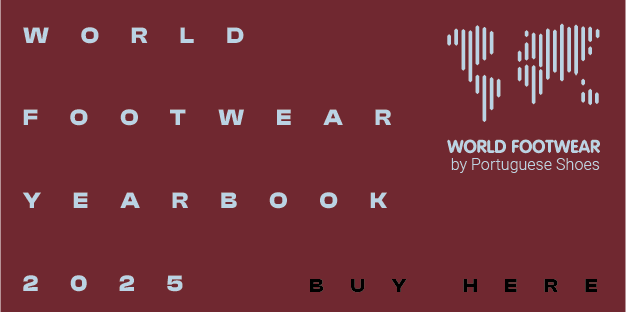Italy with a steep drop in exports and domestic sales

According to Confindustria Moda Research Centre data for ASSOCALZATURIFICI in March footwear exports declined by 33.7% in volume and by 30% in value. In the first four months of the year, domestic sales were also down roughly by 30%
The figures collected and processed by the Confindustria Moda Research Centre for Assocalzaturifici revealed that in the month of March Italian exports were down by 33.7% in quantity and by 30% in terms of value, while domestic consumption dropped by 29.7% in volume terms and by 33.7% in terms of value. “The figures confirm the negative trend revealed a few weeks ago in our survey of the impact of the pandemic on Italy’s footwear industry, conducted in the midst of the lockdown”, commented Assocalzaturifici Chair Siro Badon.
The same source indicated that in the first quarter of the year, companies registered an average drop in sales of 38.4%, and overall, the industry is estimated to have lost 1.7 billion euros.
A combination of factors has contributed to such performance of the Italian footwear industry: the impossibility of working during the medical emergency, household demand heavily penalised by the interruption of sales through brick-and-mortar stores in March and April and the tendency for consumers to be very cautious about their buying decisions.
Domestic Market
The Italian market has slowed down very sharply, despite the growth in online purchases. According to the market research firm Sita Ricerca, web sales in the fashion industry grew in the first quarter of the year by 14% in terms of value to represent a 23% share of total expenditure, as compared to 13.1% in 2019. In international trade, 52.7 million pairs of shoes were exported in the first three months of the year: more than 9 million less than in January-March 2019, worth 2.43 billion euro (-14.7% by volume; -9.2% by value). The trend worsened in April, another month of inactivity, when Istat’s monthly index of production in the footwear industry registered a drop of 89.3%, following a 55.2% drop in March.Italian Industry Exports
A decline close to 20% by volume was registered in exports of shoes with leather or fabric uppers (-17.4% for both types compared to the first three months of 2019) and slippers (-20.5%). The drop in exports of synthetic shoes was less marked (-8.6%), the only sector to reveal a slight positive trend in terms of value (1.2%). Breakdown by geographic area reveals a significant drop both within the EU (considering 27 countries this year, following Brexit) and outside the EU. Flows to EU markets were down by 12.6% in terms of volume and by 8.2% in terms of value, while exports outside the EU shrank even further, down by 18.2% in terms of quantity and by 10.1% in terms of value. Exports were down on all markets, with very few exceptions: the only one of the top 15 destinations for Italian footwear exports to grow in volume was Poland. South Korea registered growth of 17.2% in terms of value while limiting losses in terms of quantity to 2.7%. Exports to Germany, which already revealed a negative trend in 2019, dropped by 6.1% in terms of number of pairs and by 3.3% in terms of value. Exports to China and Hong Kong dropped sharply (-23% in terms of quantity for both), while the drop in the number of pairs exported to CIS countries was similar (-23.4%). The US also performed poorly (-15.2%). Exports to Switzerland and France, which ranked first and second in terms of value, dropped by more than 20% in volume. The trade balance for the first three months of the year remained positive by 1 billion euro, but shrank by 15%.The Italian Footwear Association reinforced the need to reinforce state assistance, namely providing funding to Italian companies participating in international trade fairs held in Italy, such as MICAM, scheduled for September.
Image credits: Braden Collum on Unsplash

















